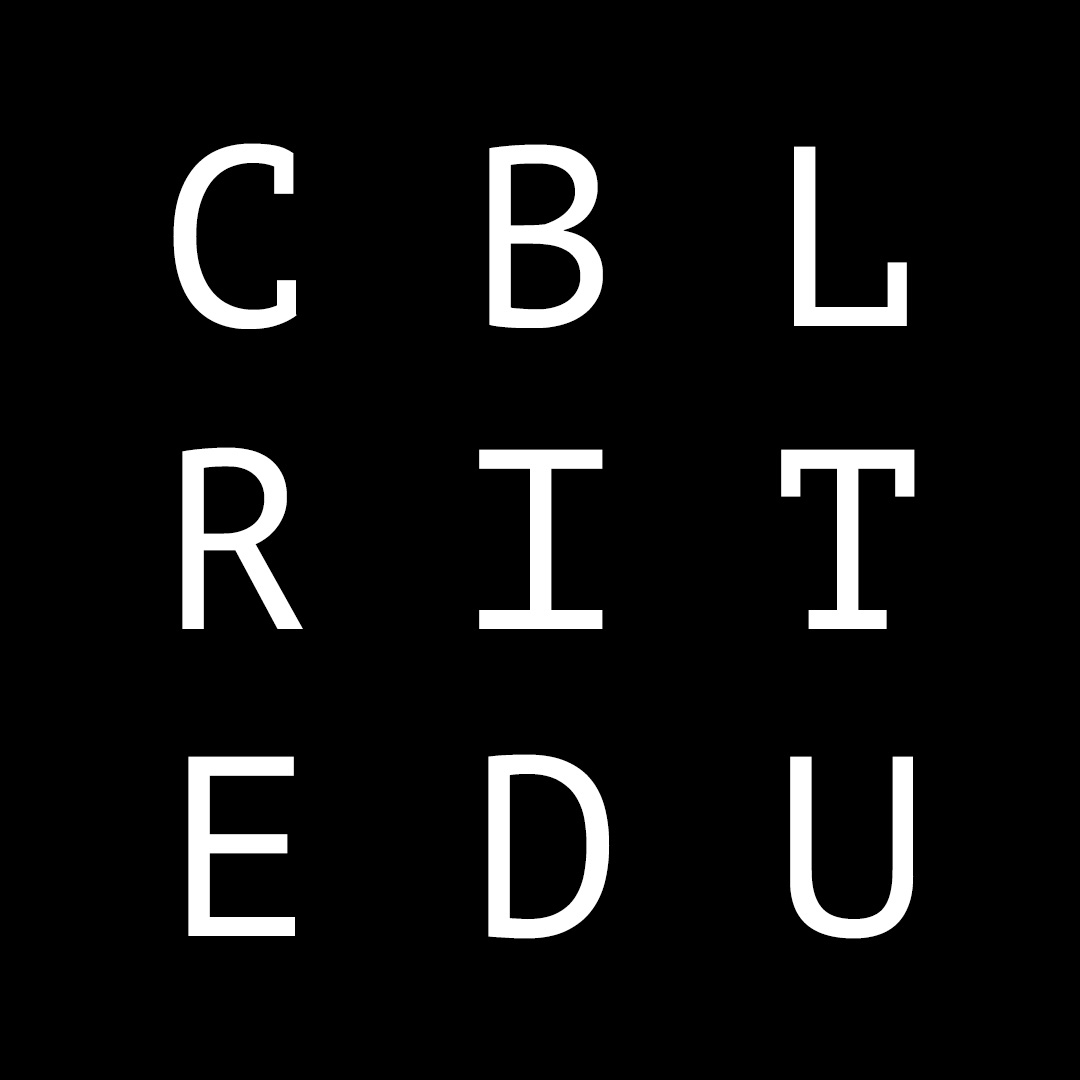Developing CBL Cases
CBL and PBL Cases can take many forms and range widely in complexity, but whether it's a simple in-class exercise or a 3 week long problem, they do have some features in common:
- CBL Cases are Realistic
- CBL Students are Unguided
- Cases Use Primary Source Materials
- CBL Facilitates Student Analysis and Synthesis
Let's explore each of these commonalities a little bit.
- Realistic
- Unguided
- 1° Source Materials
- Analysis & Synthesis
Realistic
Good cases are either based on real-world events/patients/etc. or carefully crafted so as to be indistinguishable from what students will find in the real world. Often they are a clever combination of the two. The important aspect here is that the cases should "feel real" and not deviate from the reality of the domain in which the cases are being used. In order for cases to feel real, they need to be plausible.
Using real life events/people as the basis can facilitate the generation of the materials that the case is composed of, though they will at the very least need to be stripped of identifying information in many cases. In addition to providing the information necessary to "solve" the case, real life provides the peripheral unimportant information students need to separate from the relevant.
Unguided
In Case Based Learning the students learn by means of taking on the role of detective, in the finest Sherlock Holmes tradition. This unguided exploration acts as the natural "gamification," to use a trendy term, of the learning experience wherein the students' curiosity is both developed and used as the motivation for learning. It is not as easy to develop and use an unguided approach as one would expect. As educators we are accustomed to guiding.
The temptation is also strong to only provide "relevant" information. But it is important to also provide blind alleys for students to explore, and tangential contextual information that serves the purpose of providing realism. The real world is complex and messy and there's a lot that needs to be set aside as we solve problems. If those things are not part of the case, then the students are guided by the lack of non-relevant information.
1° Source Materials
In order to facilitate the Realistic and Unguided nature of CBL it is important to, wherever possible, provide as close to source materials as possible. For example, in a medical case one would provide access to a simulated electronic health record for the case's patient instead of a textbook summary of the patient's condition.
It is an essential part of the students' learning process to examine the record, decide what is and isn't relevant, and develop their own summary in their own mind. This is important because it allows them to get it wrong the first time, go back, re-examine and re-evaluate the source materials. This is essence of active learning.
Analysis & Synthesis
The Raison d'être of the Case Based Learning approach is that it enables students to practice analysis and synthesis, and thereby engage in much deeper learning. A well designed and implemented case ensures that students must actively engage with the content.
